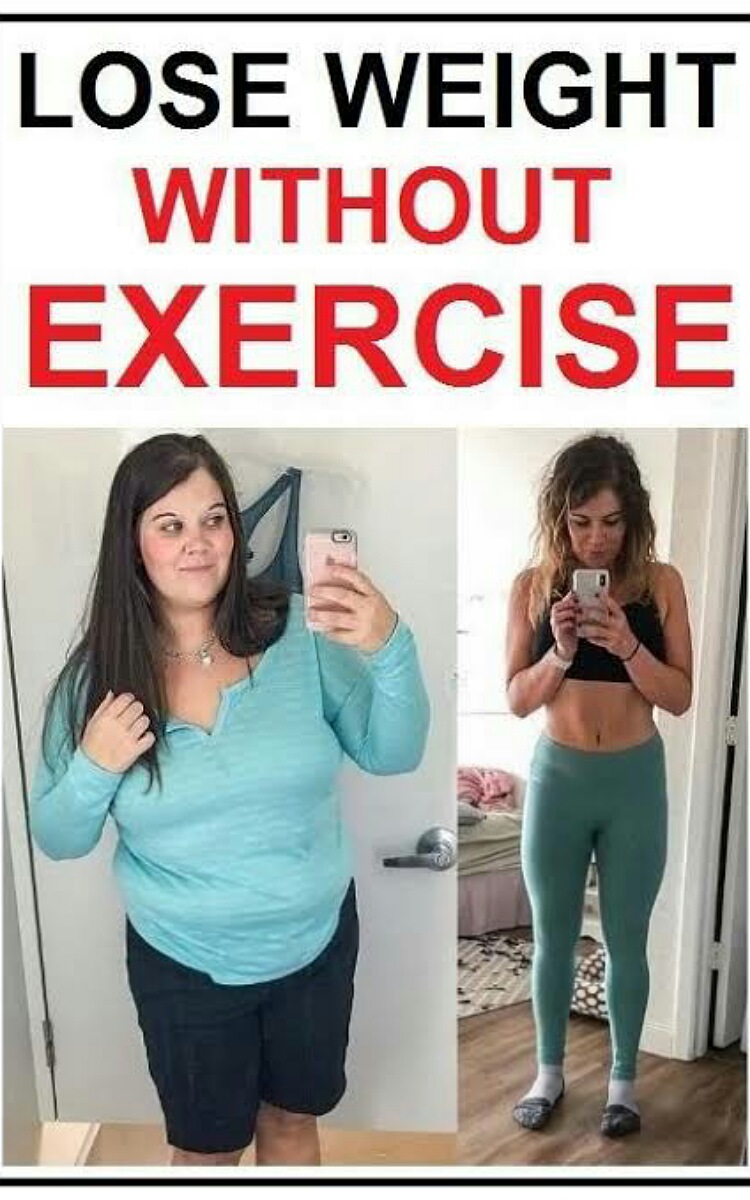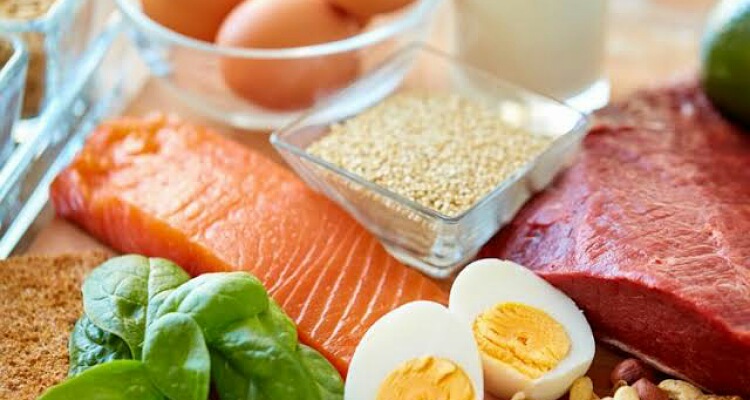The desire to lose weight involves diet change plus exercise in or outside the gym. But often for various reasons, people are unable to do regular exercises. Is it possible to lose weight without exercising? How to have weight loss without exercises?
Weight loss without exercises
To lose weight, one needs to change the lifestyle. The diet changes are a must and additionally, one needs to get more active and start exercising.

But often, for various reasons, exercising to shed the extra weight might be difficult. These reasons include:
-Acute injuries that prevent you from carrying out the workouts or walking
-Prior to knee replacement surgery, medical advice is to lose weight. But the pain prevents you to do so.
-Chronic joint and muscle conditions such as arthritis and fibromyalgia respectively.
-You have heart of other health conditions due to which you cannot exercise. It might worsen due to it.
-You lack the motivation, energy, or time to exercise.
Is it possible to have weight loss without exercises? The thought itself brings smile on our face. And the pleasant answer is that one can lose weight with no exercises. But this weight shedding process would be slower and sustained. Set weekly goals rather than daily goals if you are trying to lose weight solely with diet and no physical activity.
Food and weight loss
Diet has a major role in weight loss. But one should concentrate on decreasing calories of the daily diet but not reduce the nutrition. Hence, consume more of nutrient dense low calories foods that fill the stomach and prevents early hunger pangs.
The dieter should consume more of certain foods such as fruits and vegetables. Salads and fruit cut pieces are ideal as foods to fill and nourish. They contain large amounts of dietary fiber that benefits weight and health including the gut.

Consumption of whole grain foods, lean proteins, legumes, beans, and healthy fats from nuts, seeds and seafoods are also effective in reducing weight and promoting health.
One should avoid drinking sugary beverages, alcohol, baked cookies, candies, cakes, fried foods, and white bread or other foods containing refined carbs.
Tips to lose weight with no exercises
Exercise-negative weight losing takes time and hence requires patience and determination. Here are some tips to follow to be successful in this weight loss journey.
Patience is of utmost importance
The weight losing process would be slow and discernable over months and not days.
Do portion control
Eat balanced and wholesome but control portion. Prefer low calories foods over those that are caloric dense.
Eat in courses like in a restaurant
Have salads or soups in the start of a meal. This fills the stomach with low calories options. Hence you tend to eat less after that.

Have no distractions while eating
Distractions tend to make a person overeat. Hence avoid them. Practice mindful eating.
Eat fiber rich foods
These include vegetables, pears, broccoli, beans, nuts, and whole wheat products.
Consume more water
Often, one cannot differentiate between hunger and thirst. Maintain proper hydration and this will automatically lead to lesser food intake.
Do not skip meals
Often people feel that skipping major meals can help weight loss. But this is not true. Skipping meals leads to overeating at the next meal. Hence weight gain occurs rather than weight loss.
Have a good breakfast
Breakfast should be hearty and filling. This will keep you from eating in between before lunch.
Add lean proteins
Proteins fill the stomach and are essential for the body. They help fat loss and improve muscle mass.
Aim for adequate sleep
At least 7 to 8 hours of sleep is essential for health. Try to get an adequate and sound sleep.
Keep healthier foods near you
In case you feel like snacking in between two major meals, prefer healthier snacks.
Emotional eating
Emotional eating can adversely affect weight. Plan on advance on how you would handle mental issues, if any. Rely on outings rather than eating to cope with it.
Read more: The foods that are best to eat in a ketogenic diet
Watch your eating
Keep a track of what and how much you are eating. This helps you modify it when desired weight goals are not reached.